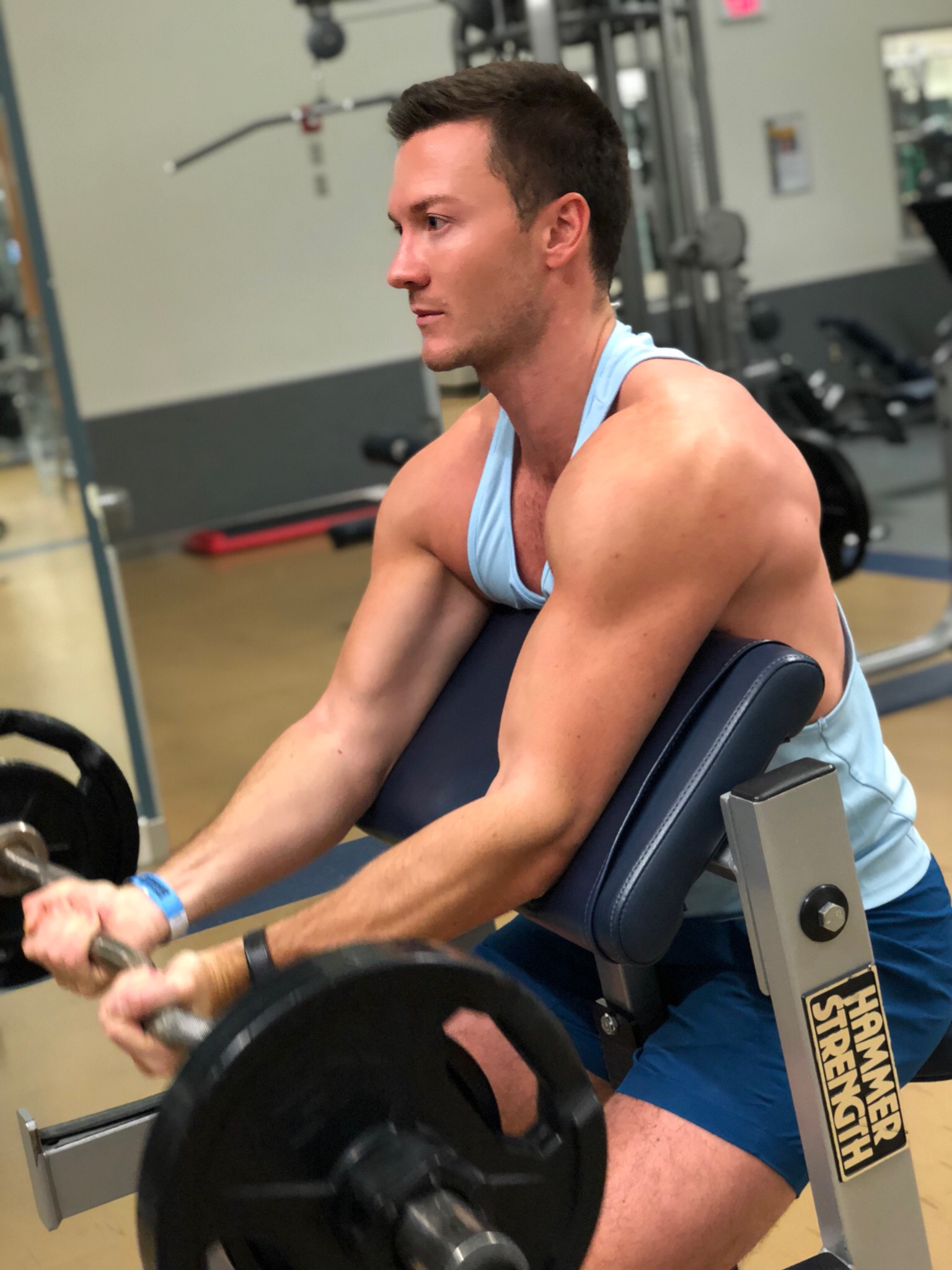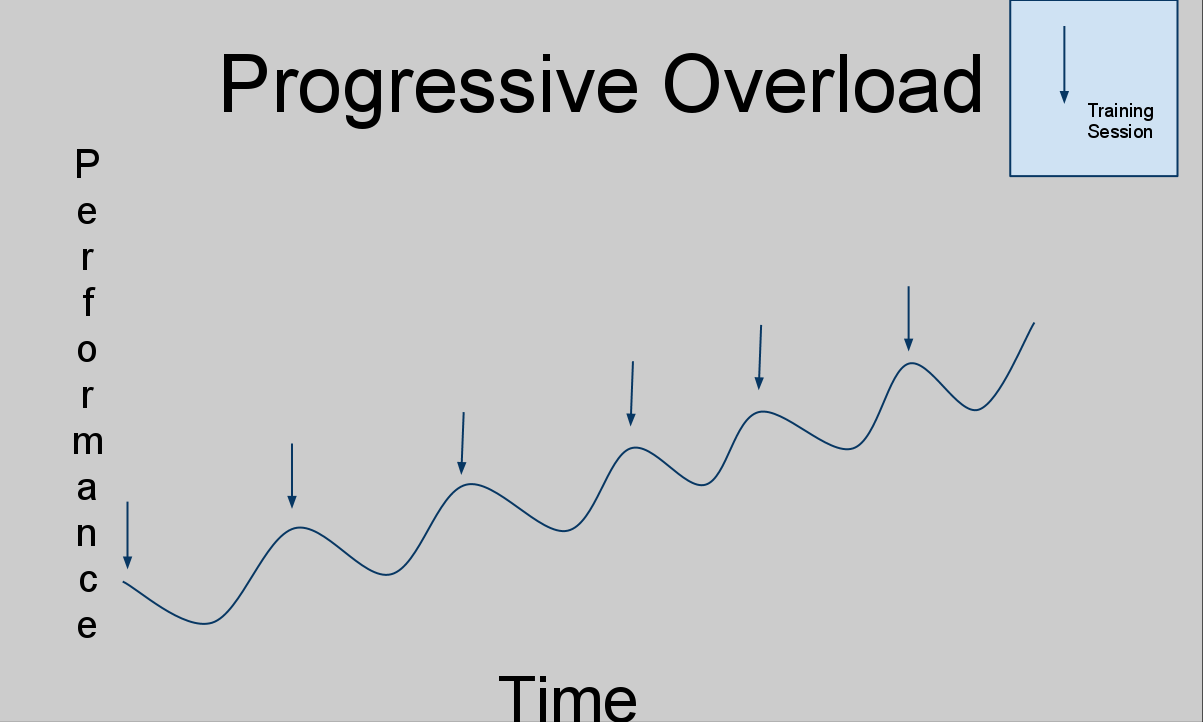In a previous blog post (Different Training for Different Results), I mentioned how manipulating training variables can lead to different results. Today I will delve into how you can direct your training at building bigger muscles.
 Most people go to the gym because they want to alter their body composition by improving their musculature. Guys hit the gym looking for those giant biceps and pecs, while girls usually aim for that round booty and toned legs. Hypertrophy training is what builds up those muscles, and if done right, can also burn some fat in the process.
Most people go to the gym because they want to alter their body composition by improving their musculature. Guys hit the gym looking for those giant biceps and pecs, while girls usually aim for that round booty and toned legs. Hypertrophy training is what builds up those muscles, and if done right, can also burn some fat in the process.
How exactly does a muscle get bigger? First you have to damage the muscle so that your body can repair it and give it a little extra padding so it doesn’t get damaged again. Hypertrophy training is quite intense training because you have to work your muscles hard enough to cause little tears in the muscle. Then, during recovery, your body sends protein to the damaged muscle and repairs those little tears you made during your workout. However, your body doesn’t just want to repair the damage, it wants to give it a bit more protection so that the next time that same stress is placed on the muscle, it doesn’t tear quite so easily. So your body builds that muscle up a little bit more. This leads to larger muscle size.
To give your muscles the intense workout they need to break down the muscle, you need to mix up your training variables. You want to lift fairly heavy loads, ~80% of you 1RM (to help calculate your 1RM, visit our Strength Training blog post), for 3-5 sets with ~8-12 reps, and with minimal rest (~45-90 sec).
You need a decently heavy load to make sure that the muscle is under a lot of stress. If you aren’t lifting heavy enough then you won’t tear the muscle. That said, you don’t want to force yourself to lift too heavy, as this can lead to injury by fully tearing a muscle, hyperextending a muscle, or hyperextending a tendon. ~80% of your 1RM is a good weight to use for the rep counts needed.
8-12 reps allows you to move the proper load for just enough time to work the muscles to their point of exhaustion. Also, performing these exercises for 3-5 sets helps put the muscles under just enough stress to fail and tear. The shorter rest times of 45-90 sec are used to make sure that your muscles don’t fully recover between sets. 3-5 sets of 8-12 reps with ~60 sec rest between sets allows the muscles to be worked just past their point of exhaustion each set, recover slightly, and then be put under that stress again a few more times. This leads to those little tears that we are looking for so that your body can fix them and build them up even more.
There’s one more training variable that needs to be looked after: progressive overload. This means pushing your body just slightly past what it can handle. It is at this point that your body will start to fail and damage the muscle, but the human body doesn’t like to fail. It adapts to this stress, fixes the body, and builds it up stronger so that it will not fail again under the same circumstances. So next time you work out, you need to keep applying progressive overload principles so that you can keep breaking the body down, thereby allowing it to come back even stronger. If you keep doing the same weight over and over again, you will maintain your current level of fitness, but you won’t see any progress in your muscle size.

And lastly, this process takes time! Don’t expect to see results in 2 weeks. And don’t rush the process! Progressive overload doesn’t mean increasing the load by 25% each time. Increase it very gradually and allow your body to adapt. If you increase it too much too quickly, you may injure yourself and have to start from square one a couple months down the road.


